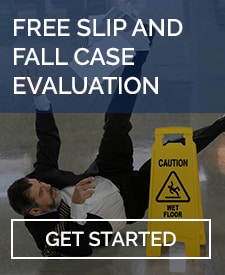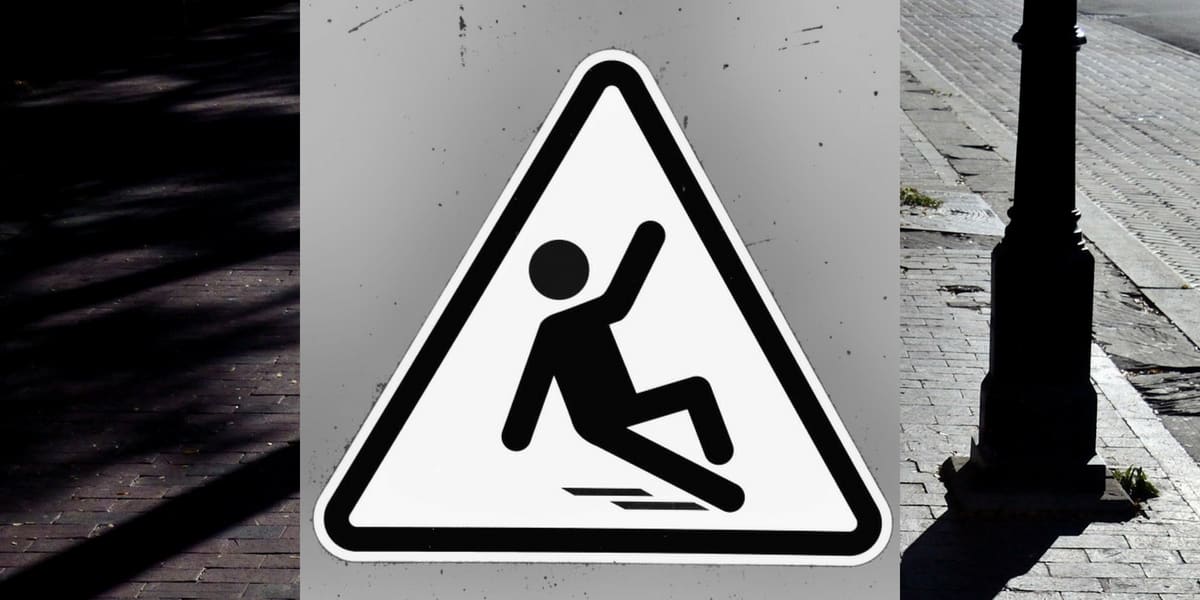The best-case scenario when you slip and fall is that you get right back up, intact and, perhaps, a bit embarrassed. The worst-case scenario? You experience a significant injury that forces you to take time from work. It depletes your resources and causes you to rack up medical expenses. You need to undergo ongoing treatment, and your daily life is impacted.
Many people who have suffered slip and fall injuries due to the negligence of a property owner choose to file a negligence claim. In addition to dealing with physical ramifications, they often struggle with dire financial consequences. A lawsuit can help you recoup the compensation to which you are entitled.
But the question is: How are slip and fall settlements determined, and what can you expect in terms of damages when you mount a successful case?
Determining Fault
Slip and fall claims and their outcomes hinge on three factors:
- Liability
- Damages
- Slip and fall settlements in comparable cases
Let’s take a look at each in turn.
Liability
This refers to the “fault” of the persons involved in the slip and fall. Say, for example, you were in a restaurant, you tripped on a cracked tile in the restroom, and suffered an injury. In Florida, the owner of the restaurant has a legal duty to maintain the property and keep it in safe condition. This applies when hazards are not open and obvious, as well. Their duty extends to warning customers, employees, and others about these dangers.
Now, let’s add some complexity to the mix. What if you were partly at fault for your injury? For instance, you drank a or two cocktail too many, went to the restroom, and then slipped on the cracked tile.
In many states, you would not be able to receive compensation because your intoxication was a factor in the fall. Even if it was, say, 20% of the cause, you cannot receive damages at all because you contributed to the incident. This is called “contributory negligence.”
Other states, including Florida, adhere to the principle of “comparative negligence.” Here, even if you had a partial fault in the incident, you can still pursue a negligence claim and recoup damages. In our example above, you could then recover 80% of the value of a settlement.
In other words, if the court or a jury determined your injuries entitle you to $100,000, you would receive 80% of that, or $80,000.
Damages
A slip and fall can result in severe injury, including broken bones and traumatic brain injuries. These require extensive – and expensive – medical attention, and often, ongoing treatment. From physical therapy to prescription medications, the bills quickly start to pile up.
When it comes to damages, past medical expenses are the easiest to prove. You can submit bills from your doctor, hospital, physical therapist, occupational therapist, etc., as evidence. If the owner of the property on which you fell is found negligent, they must pay these expenses – if they are considered “reasonable.”
Therefore, their attorneys will try to argue that certain treatments were unreasonable: for example, they may claim that surgery or physical therapy is unnecessary because you were not that badly injured.
Seeking medical attention after a fall is essential, not only to protect your health but to protect your rights. Again, documentation from medical professionals is a vital part of your negligent claim.
You may also be able to receive compensation for future medical expenses related to your injuries. These must be stronger than “recommendations” by your doctor/surgeon; they need to be a medical necessity. In other words, you can’t say that future treatments or procedures may be required; you must prove that they will be necessary.
If your fall resulted in serious injury and you had to miss work, you may be able to recover lost wages as well.
Pain and suffering is another area in which you can receive damages, and it is the most challenging to prove. Pain and suffering are, after all, subjective, and these complaints are viewed with skepticism by insurance companies. Of course, they are! Insurance companies are profit-generating entities and they want to minimize their payouts. To reiterate, the medical evidence of pain (e.g. MRIs, CAT scans, etc.) is critical.
Gathering the evidence you need – even knowing what evidence you need – can be overwhelming when you are struggling with an injury. Contact LaBovick Law Group for a free consultation. We can help you determine if you have a case and guide you through the next steps of the negligence claim process.
Slip and Fall Settlements in Comparable Cases
Your settlement will depend on the severity of your injuries. If you do not go to trial, it also depends on the skill of your attorney in terms of negotiating with property owners and insurance companies. Generally speaking, damages recovered in similar cases will be used as a metric for awarding you damages.
For example, if a jury awards a plaintiff who suffered similar injuries in similar circumstances $200,000, you may expect a settlement in the same range.
Remember, this is just a generality. Our attorneys have collective decades of experience in personal injury law and fight tirelessly to ensure that you receive every dollar to which you are entitled. We do not hesitate to take on insurance companies, negotiate, or take your case to trial. Your legal representative will prepare a compelling case and walk you through each step of the process
Slip and fall settlements vary greatly from case to case; working with personal injury experts, however, is the best way to ensure you receive compensation for your medical expenses, lost wages, and pain and suffering.




